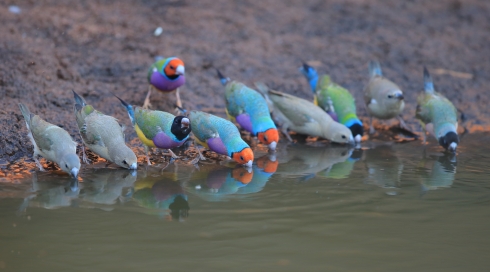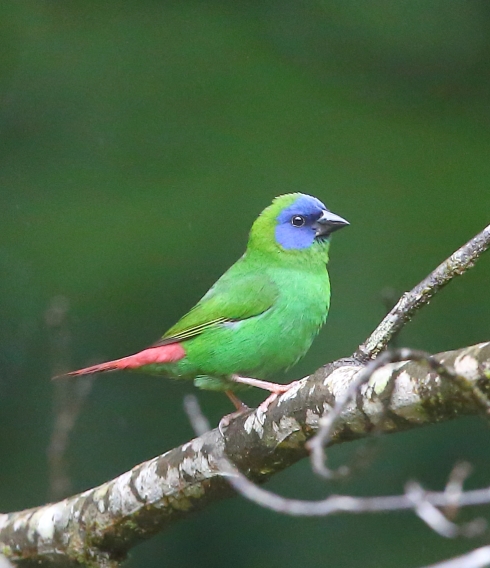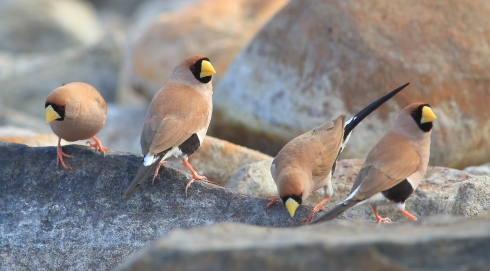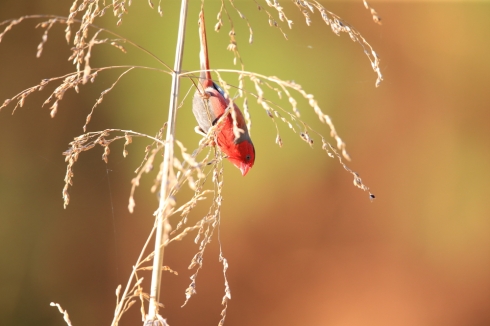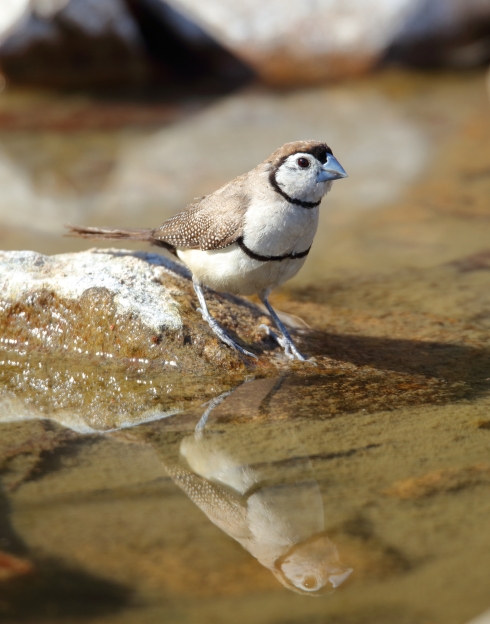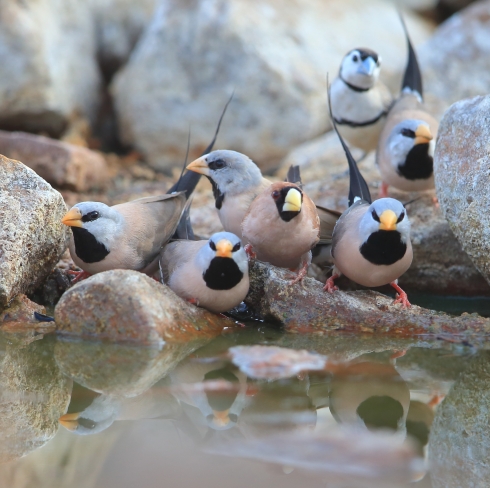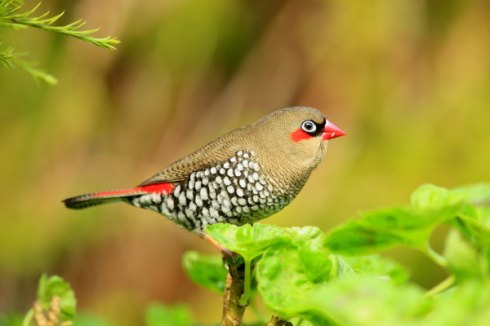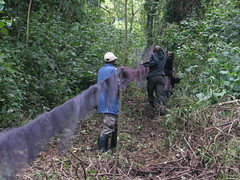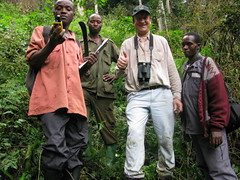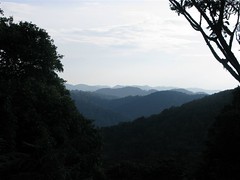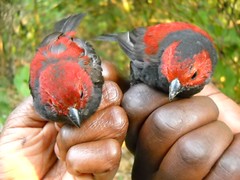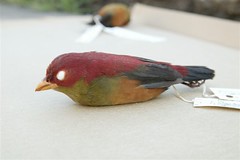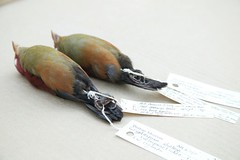
Eelco Meyjes successfully completed the 3628km small is BIG, Riding for a Purpose, fundraising solo cycle ride from Cape Town to Victoria Falls on 6 May 2017. The end of ride photo was taken at Vic Falls on the bridge between Zimbabwe and Zambia. Courtesy Tom Varley

The ride which started from Nobel Square at the Waterfront in Cape Town on 19 February included crossing the Namib Desert in Namibia.The ride took a total of 77 days of which 49 were ride days and 28 were non ride days. Of the 28 non ride days 23 were rest days and 5 were waiting for rain, wind to stop or to meet with important people. Carrying a kit of 37 kg an average of 74 km was achieved on ride days.

To help add some fun to the journey a series of entertaining cartoons were created and donated by Alastair Findlay to use on the regular Eelco Meyjes Facebook updates.













 The Rare Finch Conservation Group is extremely proud to announce that the Cape Town to Vic Falls unsupported solo cycle ride via Namibia was a success. The small is BIG Riding for a Purpose was done to help raise awareness and funds for Africa’s smallest finch, the Orange-breasted Waxbill which now needs conservation help.
The Rare Finch Conservation Group is extremely proud to announce that the Cape Town to Vic Falls unsupported solo cycle ride via Namibia was a success. The small is BIG Riding for a Purpose was done to help raise awareness and funds for Africa’s smallest finch, the Orange-breasted Waxbill which now needs conservation help.
Why small is BIG ? Africa’s smallest finch is a small bird with a big responsibility that is destined to make it a BIG HERO.
Recent unexpected declines in the Orange-breasted Waxbill (Amandava subflava) has resulted in the urgent need for the species to be researched. Research has already commenced to find out why the bird has become so scarce in certain parts of its natural habitat. The species has also been selected by BirdLife South Africa as a key sentinel (watchdog) bird for South African wetland bird species’ including eight threatened and 84 common bird species. This conservation project is a proud collaboration between BirdLife South Africa and the Rare Finch Conservation Group.The eight Red-listed species, ranging from Near Threatened to Critically Endangered, plus all 84 common species will all benefit from this important conservation project.
The 8 threatened species as listed in the updated 2016 Eskom Red Data book of Birds of South Africa, Lesotho and Swaziland are as follows :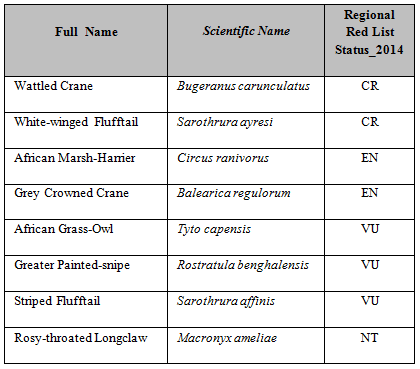
The Rare Finch Conservation Group and BirdLife South Africa would sincerely like to thank all the facilities that kindly sponsored accommodation to help make the Cape to Vic Falls small is BIG Riding for a Purpose fundraising ride a success.
Riviera Hotel, Veldrif, West Coast. Cape Province
Highlander Rest Camp, Trawal. Northern Cape
Van Rhyns Guest House, Van Rhynsdorp. Northern Cape
Kroon Lodge, Kamieskroon. Northern Cape
Springbok Lodge and Restaurant, Springbok. Northern Cape
Grunau Hotel, Granau. Southern Namibia
Savanna Guest House, Southern Namibia
Alte Kalkoffen Lodge, Southern Namibia
Klein-Aus Vista Lodge, Aus, Southern Namibia
Tiras Campsite, Namib. Namibia
Aubres Campsite, Namib. Namibia
Betta Campsite, Namib. Namibia
Keerwerder Wardens, Namib. Namibia
Namib Sky Balloon Safaris, Namib. Namibia ( As an incentive sponsored a free flight over Sossusvlei )
Rostock Ritz Mountain Desert Lodge, Namib. Namibia
Okahandja Country Hotel, Central Namibia.
Outenique Jagd+Guestfarm, Central Namibia.
Khoi Khoi Lodge, Central Namibia
Roy’s Rest Camp, Northern Namibia
Mururani Campsite, Northern Namibia
Ngandu Safari Lodge, Rundu, Northern Namibia
Shamvura Camp, Rundu, Northern Namibia.
Divundu Guest House, Caprivi, Northern Namibia,
Muchenje Campsite and Cottage, Northern Botswana
Kasane Self Catering, Northern Botswana.
Tom Varley Photography. Victoria Falls. Zimbabwe
Pumusha Lodge, Victoria Falls. Zimbabwe
SEE – CONSERVE – ENJOY




























